Crack Down On Pavement Aging: Asphalt Crack Sealing Techniques
The Importance of Crack Sealing
Crack sealing is crucial for extending pavement lifespan, improving safety for drivers, and lowering long-term maintenance costs. By addressing cracks early and frequently, preparing the surface properly, and using high-quality materials and equipment, property managers can ensure effective crack sealing techniques.
Extends pavement lifespan
Sealing cracks in asphalt pavements is a key practice for extending their lifespan and ensuring durability. This method effectively prevents water from seeping into the base layers, which can cause significant damage over time.
By keeping the base dry, crack sealing wards off further degradation and delays the aging process of flexible pavement surfaces. Regular maintenance, including this technique, plays a crucial role in pavement preservation, significantly prolonging its serviceable life.
Improves safety for drivers
As we highlight the benefits of extending pavement lifespan, it's crucial to shift focus towards how asphalt crack sealing directly improves safety for drivers. Properly maintained roads reduce the risk of accidents caused by uneven surfaces and potholes.
Sealed cracks prevent water from seeping into the pavement, which is a leading cause of deterioration that can lead to hazardous driving conditions. This proactive road maintenance creates smoother rides and prevents vehicles from sustaining damage due to poor road conditions.
Ensuring the integrity of pavement through timely asphalt repair acts as a preventative maintenance measure that significantly contributes to roadway safety. Drivers on well-maintained roads face fewer distractions and obstacles, allowing for safer travel.
By prioritizing crack sealing, commercial property managers not only preserve infrastructure but also invest in road safety and protect users from potential harm. This approach supports a seamless flow of traffic and minimizes the chances of accidents related to surface imperfections on pavements.
Lowers long-term maintenance costs
Crack sealing stands as a cost-effective maintenance strategy for commercial property managers, aiming to tackle pavement deterioration at its onset. By addressing cracks early through preventive maintenance measures like asphalt repair and crack filling, properties can avoid the extensive costs associated with major repairs or complete pavement overhauls in the future.
This proactive approach not only preserves the asphalt's integrity but also extends its lifespan, translating into significant savings on long-term surface maintenance and asphalt preservation efforts.
Investing in efficient pavement management practices such as regular crack sealing minimizes the risk of water damage and other elements that contribute to rapid aging of pavement surfaces.
Given that ignoring minor issues can escalate into costly problems, implementing a routine of inspecting and repairing cracks promptly ensures the longevity of the pavement while keeping maintenance expenses low. For commercial property managers looking to optimize their budgets, prioritizing preventative measures serves as a smart move towards sustainable infrastructure care.
Best Practices for Crack Sealing
Performing sealant application early and frequently enhances pavement preservation. Properly preparing the surface and materials is crucial for successful crack sealing. Utilizing a hot air lance yields best results in crack sealing techniques.
Perform sealant application early and frequently
Performing sealant application early and frequently is crucial in preventing pavement distress. By proactively addressing cracks when they are still small, typically less than a quarter-inch in width, property managers can effectively extend the pavement's longevity and reduce long-term maintenance costs.
This preventive approach underlines the importance of crack sealing as an integral part of a pavement preservation program to ensure that the surface remains safe for drivers and maintains its structural integrity over time.
When it comes to proactive crack sealing, timing is key. The next section will delve into properly preparing surfaces and materials for effective crack sealing techniques.
Properly prepare surface and materialS
Properly preparing the surface and materials is crucial for effective crack sealing. This involves meticulous attention to detail and following specific guidelines to ensure long-lasting results. Here are the key steps:
- Surface Preparation: Thoroughly clean the crack by removing debris and vegetation, ensuring a clean, dry surface for the sealant.
- Material Preparation: Use high-quality, rubberized sealants that are tailored for asphalt pavement repair. Ensure proper placement of the material to effectively fill and seal cracks.
- Consider Construction Aspects: Follow best practices outlined in the manual for asphalt pavement repair, considering factors such as temperature, humidity, and traffic conditions.
- Utilize Crack Sealing Guidelines: Adhere to industry-specific guidelines for crack sealing, ensuring that all steps are completed with precision and accuracy.
- Proper Placement of Material: Ensure that the sealant is accurately placed within the crack to prevent further damage and promote durability.
Use hot air lance for best results
To achieve the best results in crack sealing, it is crucial to utilize a hot air lance. This equipment effectively dries any moisture in the cracks and removes dust residue from routing.
By warming the asphalt, it enhances adhesion for better sealant application. Proper use of a heat lance ensures clean preparation of pavement cracks, which is essential for successful sealant installation.
When using a hot air lance prior to sealant application, commercial property managers can ensure thorough and effective crack sealing that extends the lifespan of their asphalt surfaces while improving safety for drivers and reducing long-term maintenance costs.
Choosing the Right Crack Filling Equipment
Consider walking speed and surface temperature
To choose the right crack filling equipment, commercial property managers should consider their walking speed and the surface temperature of the pavement. Adjusting walking pace based on surface heat ensures that sealant application is efficient and effective in addressing pavement distress.
This approach allows for a tailored solution to protect asphalt from thermal cracking, ultimately enhancing its lifespan and minimizing long-term maintenance costs.
Use high-quality, rubberized sealants
When choosing the right crack filling equipment, commercial property managers should use high-quality, rubberized sealants. This type of sealant is essential for effective crack sealing and filling techniques on asphalt pavements.
Rubberized asphalt sealants can help prevent moisture damage and increase the lifespan of pavements. The quality of the sealant used directly impacts the effectiveness of crack sealing and filling techniques.
Using high-quality, rubberized sealants in crack sealing is crucial because it helps in preventing moisture damage while extending pavement lifespan and reducing long-term maintenance costs.
Properly maintain equipment for best results
To achieve the best results in pavement maintenance, it is crucial to properly maintain crack filling equipment. Commercial property managers should ensure that their equipment is well-maintained to combat pavement aging and maintain asphalt integrity.
The effectiveness of crack sealants highly depends on adhesive and cohesive properties, making the right equipment essential for proper application. By choosing the right techniques and materials through proper equipment maintenance, property managers can extend pavement lifespan, improve safety for drivers, and lower long-term maintenance costs.
For successful crack sealing techniques, a focus on maintaining equipment is essential.
Conclusion
Extend the lifespan of your pavement, improve safety for drivers, and lower long-term maintenance costs by embracing crack sealing techniques. Sealing cracks early and using suitable materials can enhance the effectiveness of your maintenance efforts.
By choosing the right equipment and sealants, you set yourself up for success in preventing potholes and pavement deterioration. Emphasize practicality as you explore further resources to solidify your knowledge on this important matter.
Take charge of preserving pavements with these efficient strategies and witness a positive impact on road quality soon. Contact us today to get started!
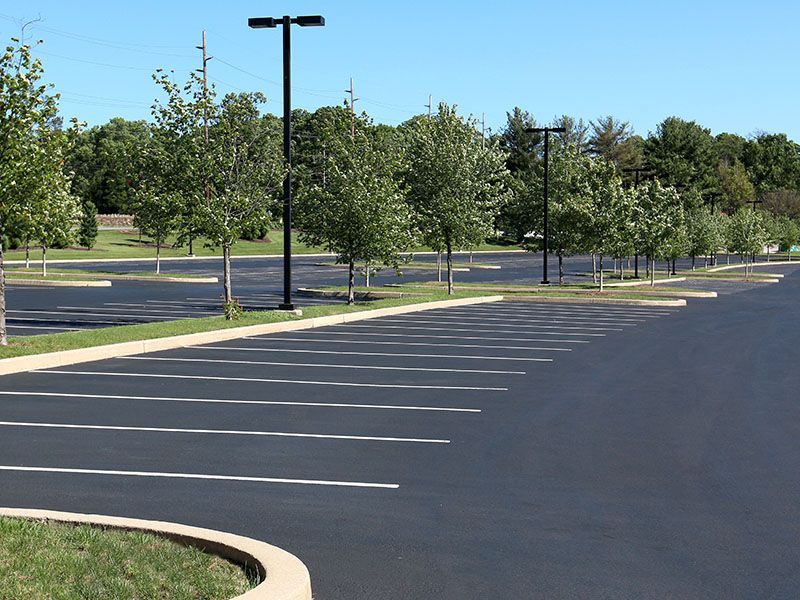
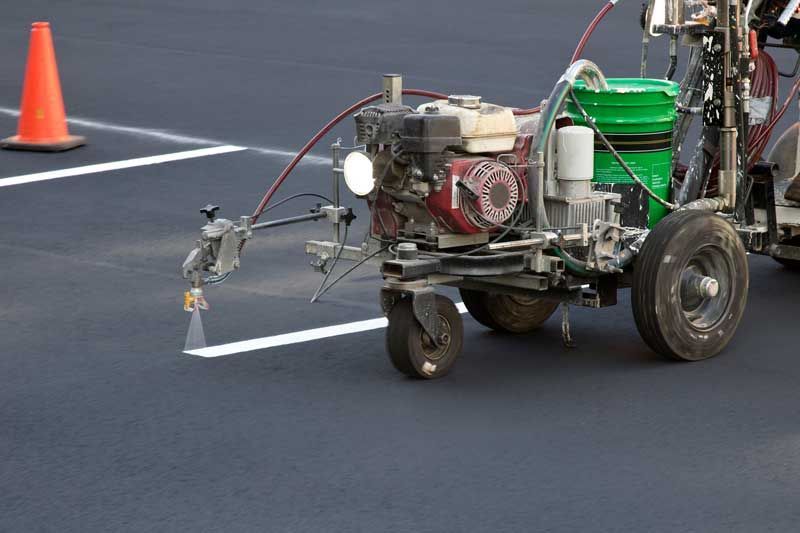
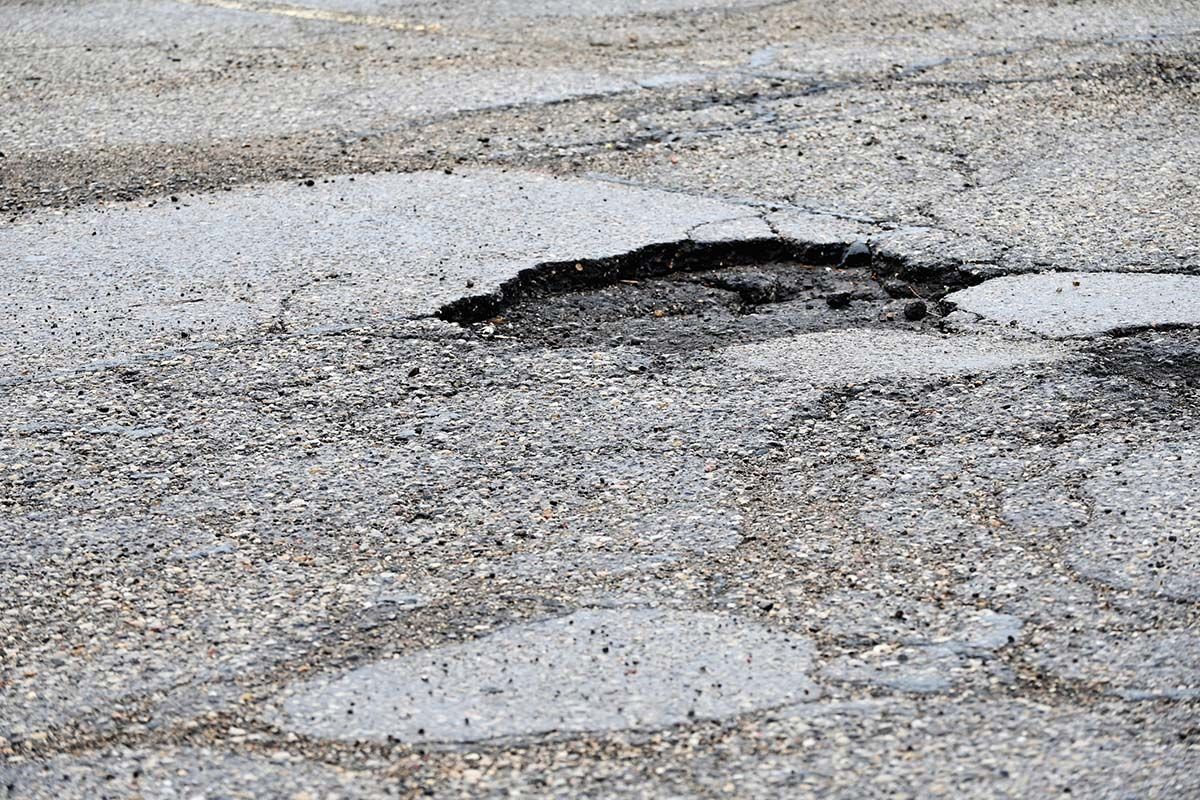
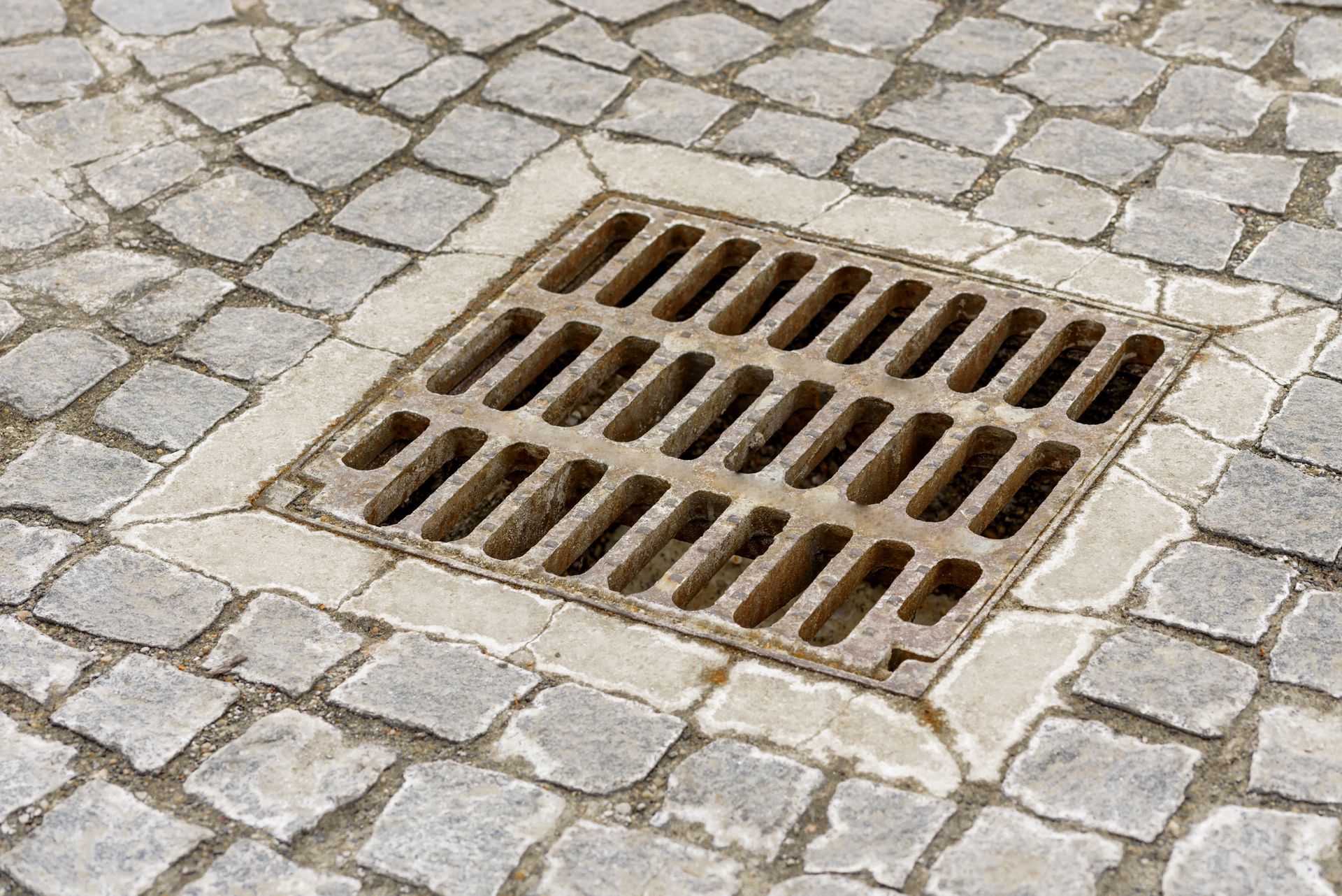
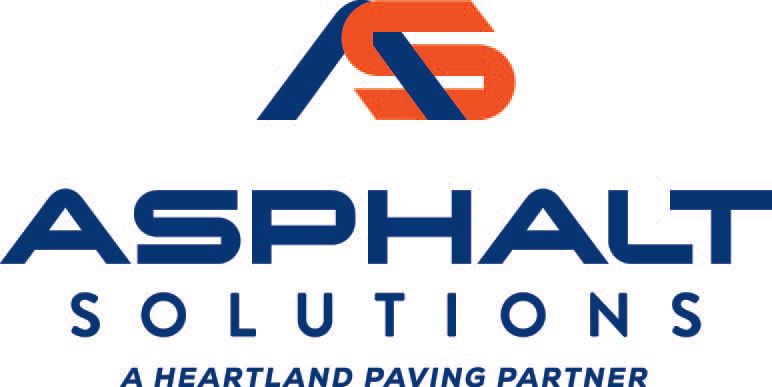
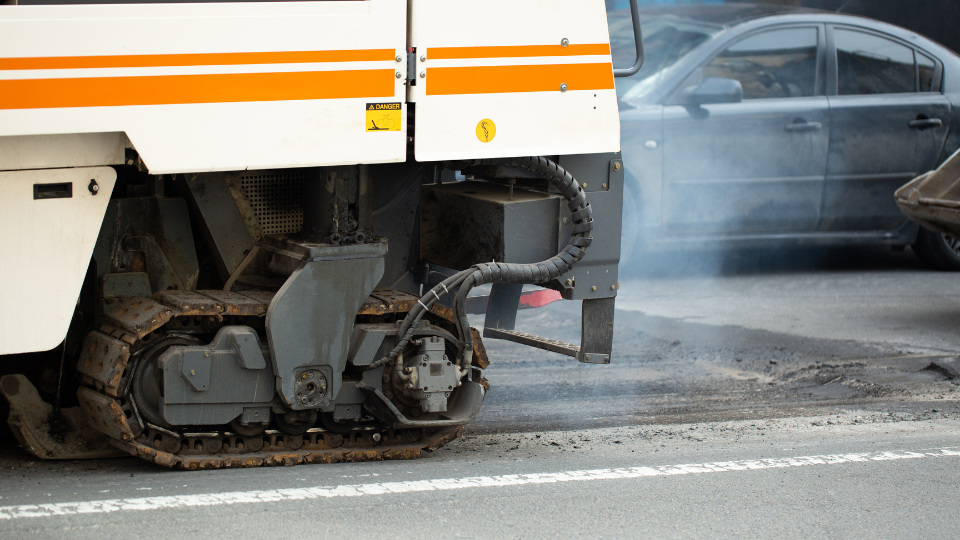
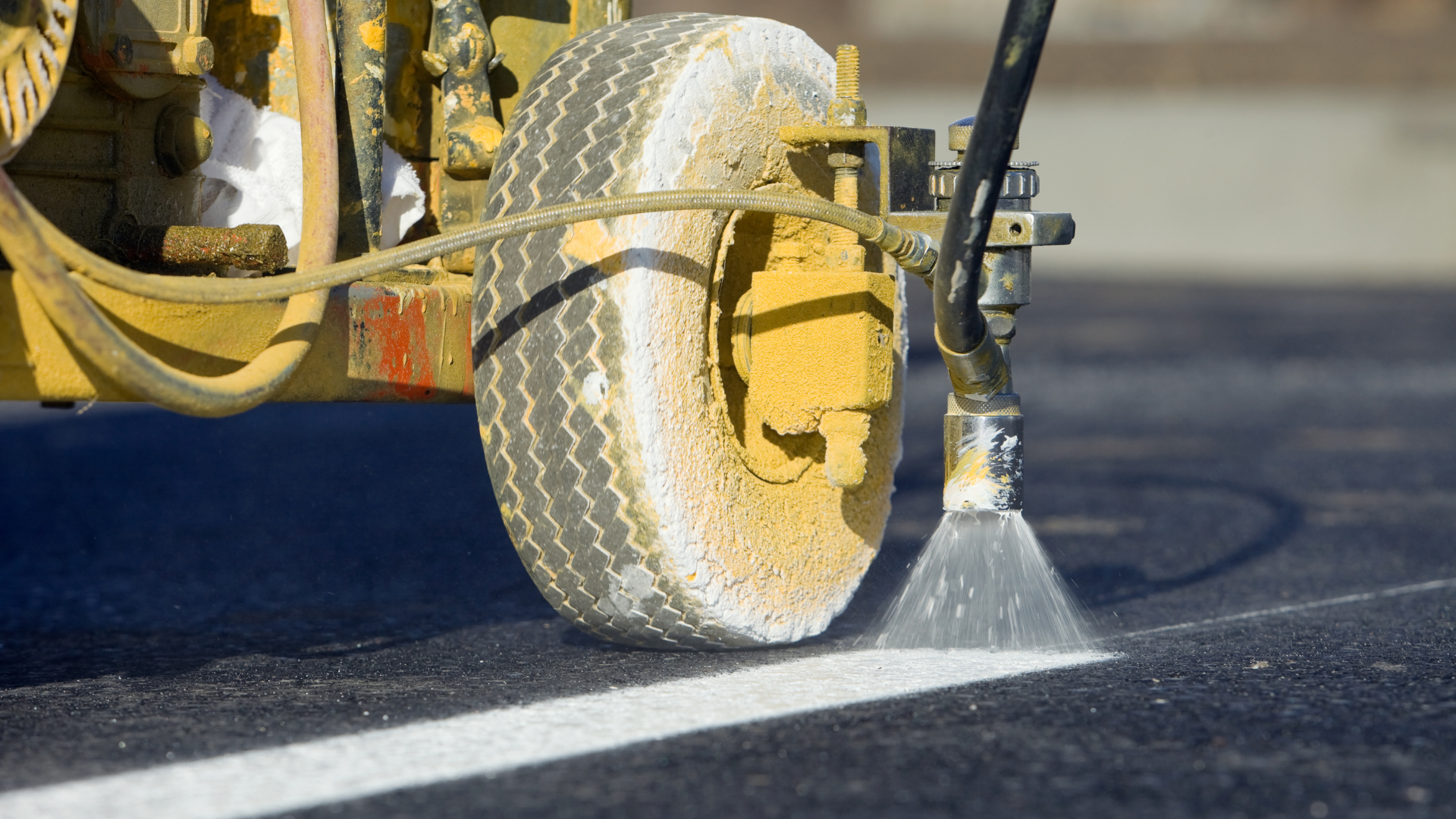

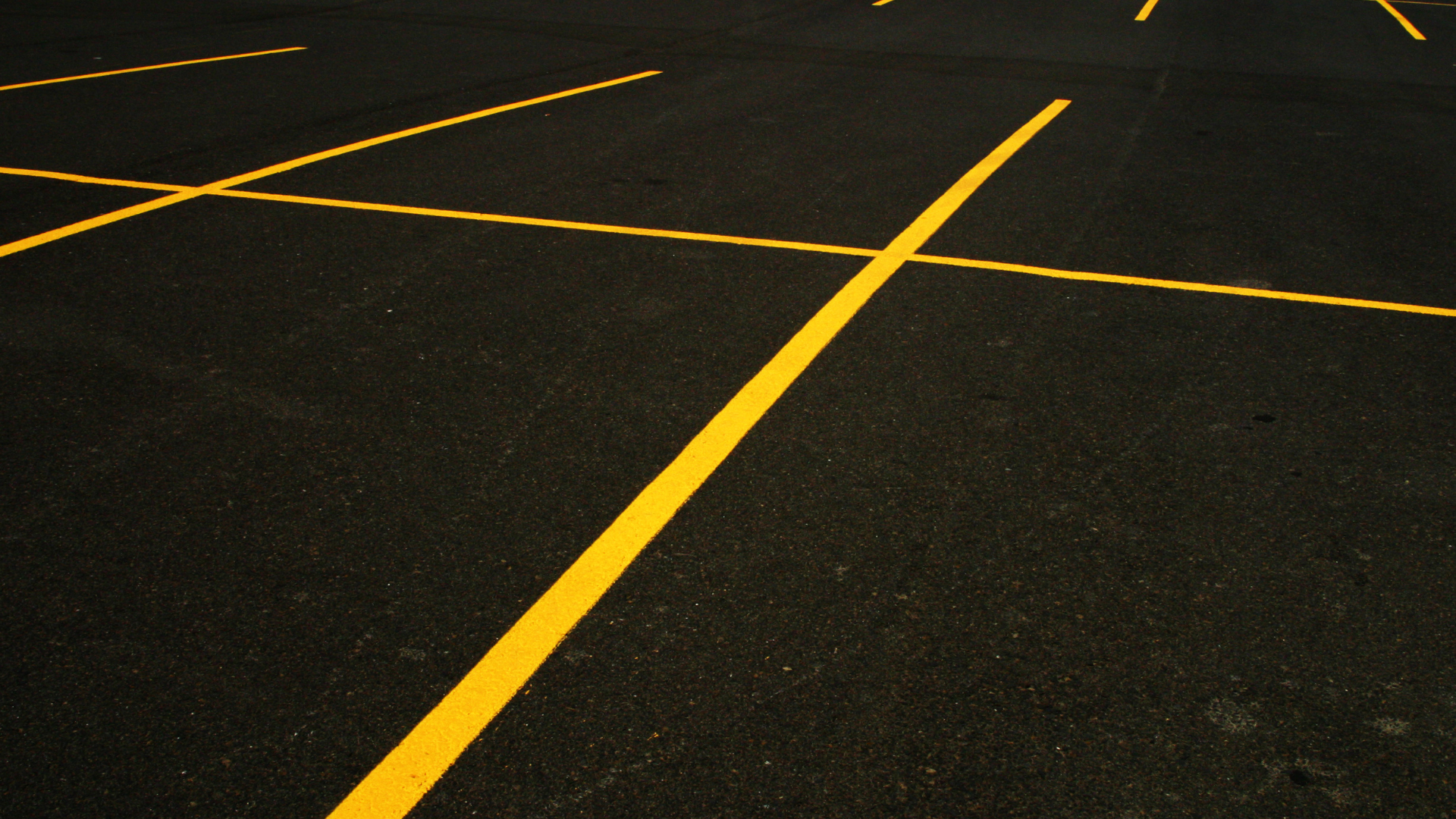


Share On: